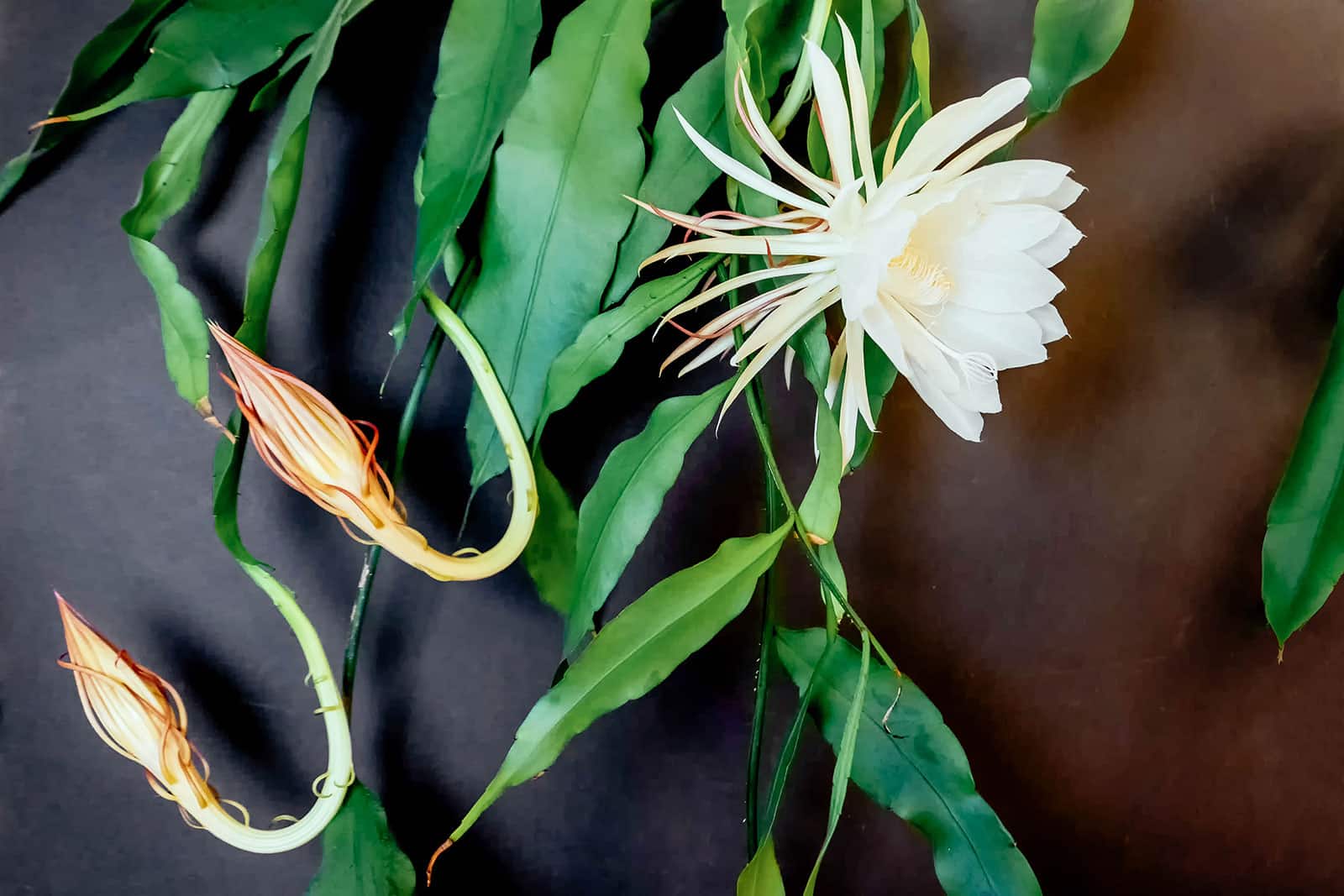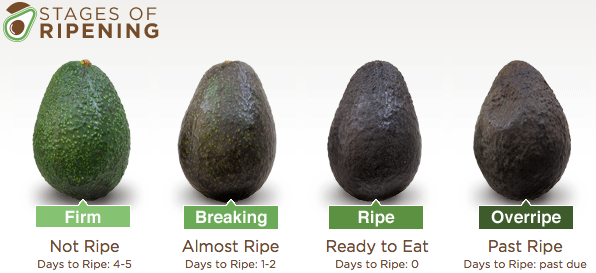Epiphyllum, also known as the Orchid Cactus, offers a breathtaking display of blooms that can transform any indoor space. Native to the lush forests of Central and South America, this jungle cactus is a favorite for its exotic flowers and ease of care. In this guide, we explore the steps necessary to encourage your Epiphyllum to bloom abundantly.
Understanding the specific needs of your Orchid Cactus is key to unlocking its full blooming potential. From the right soil mix to the ideal watering schedule, each detail contributes to the health and vibrancy of your plant. Follow our expert advice and watch as your Epiphyllum becomes a stunning centerpiece with impressive and fragrant blooms.
How to Encourage Epiphyllum to Bloom?
Inducing your Epiphyllum to bloom requires a combination of conditions that mimic its natural habitat. Temperature fluctuation is critical; a cooler period during winter stimulates blooming. As spring approaches, gradually increase watering and provide a balanced fertilizer to nourish emerging buds.
Light exposure is another key factor. While direct sunlight can be harsh, Epiphyllum thrives in bright, indirect light. Ensure your plant receives enough light without scorching its leaves. Pruning is also beneficial, as it encourages the plant to focus its energy on producing blooms rather than sustaining excess foliage.
Finally, be patient. Epiphyllum bloom cycles can be sporadic, but providing consistent care will eventually result in a spectacular floral display. Remember, it’s the attention to these details that will usher in the lush, vibrant blooms you desire.
Aside from these tips, it’s worth noting that Epiphyllums often bloom best when they are slightly root-bound. So, resist the urge to repot unless absolutely necessary. This stress can actually lead to more abundant flowers.
What Are the Care Requirements for Epiphyllum?
- Well-draining soil is essential to prevent root rot.
- Water thoroughly but allow the soil to dry out between watering sessions.
- During the growing season, use a diluted balanced fertilizer every two weeks.
- Provide enough humidity, especially in drier climates or during winter when indoor heating can dry out the air.
- Maintain temperatures between 50-70°F (10-21°C) during the dormant period for optimal blooming.
Mirroring the conditions of a tropical forest floor, where light dapples through the canopy, will help your Epiphyllum feel at home. And like any tropical resident, keep it away from cold drafts or abrupt temperature changes to avoid shocking the plant.
What Are the Different Types of Epiphyllum?
There’s a fascinating diversity within the Epiphyllum genus. Some of the most popular varieties include ‘Queen of the Night’, with its large, white flowers, and ‘Ackermannii’, known for its vibrant red blossoms. Each type brings its own unique beauty and will have slightly different care requirements.
Epiphyllum oxypetalum, the classic ‘Queen of the Night’, is perhaps the most famous for its night-blooming, fragrant flowers. Others, like Epiphyllum anguliger, feature distinctively fishbone-shaped foliage. No matter the variety, the secret to a healthy plant lies in understanding and catering to its specific needs.
How to Propagate Epiphyllum Successfully?
Propagation of Epiphyllum is most commonly done through stem cuttings. Take a healthy piece of stem, allow it to callous over for a few days, and then plant it in a well-draining soil mix. Maintain consistent moisture and warmth to encourage rooting.
Another method is by sowing seeds, though this is a slower and more unpredictable process. If you choose to go this route, patience and attention to detail in maintaining the right conditions will be your best allies.
Whether you choose cuttings or seeds, remember that a newly propagated Epiphyllum will take a few years to mature and produce its first blooms. This journey, while lengthy, is incredibly rewarding for those who commit to it.
What Are Common Problems with Epiphyllum?
Despite their resilience, Epiphyllum plants can encounter issues like pest infestations and diseases. Mealybugs, spider mites, and scale insects are common culprits. Combat these pests with insecticidal soap or neem oil, and always isolate affected plants to prevent spread.
Root rot from overwatering is arguably the most severe problem. Always err on the side of underwatering and ensure pots have sufficient drainage. Be vigilant for signs of distress, such as yellowing leaves or a lack of growth, which can signal underlying issues.
Epiphyllums are also prone to fungal infections, especially in conditions of high humidity and poor air circulation. Using a fungicide can help in severe cases, but prevention through proper care is the ideal approach.
Lastly, nutritional deficiencies can impede growth and blooming. Address this by providing a balanced fertilizer during the growing season and adjusting your watering practices to allow for proper nutrient uptake.
How to Care for Spring Blooming Orchid Cactus?
As the days lengthen and temperatures rise, your Epiphyllum will awaken from dormancy. This is the time to ramp up your care to foster a blooming spectacle. Begin watering more frequently and offer a diluted bloom-specific fertilizer to support the development of flowers.
Continue monitoring light conditions to ensure your Orchid Cactus isn’t exposed to direct sunlight, which can be more intense during the spring. Also, keep an eye on nighttime temperatures, as a slight dip can be beneficial for inducing blooms.
While pests are less active in the spring, it’s still important to inspect your plant regularly. Catching problems early is always easier than dealing with an infestation or disease down the line.
As buds appear, reduce movement and avoid rotating the plant to ensure that the buds develop properly and don’t drop off prematurely. This stability is key to a full and impressive blooming period.
With the right care and conditions, your Epiphyllum will reward you with a stunning display of flowers that herald the arrival of spring. Cherish this time, as those spectacular blooms are the result of your hard work and dedication.
Frequently Asked Questions About Cultivating Epiphyllum
How Do I Encourage Epiphyllum to Bloom?
To encourage blooming, provide a cool, dry winter period followed by increased watering and fertilization in the spring. A decrease in nighttime temperatures, coupled with a proper care regimen, signals to the plant that it’s time to produce flowers.
Also, ensure that the plant is receiving adequate light and consider pruning to stimulate energy focus on the development of blooms. A little stress, such as being slightly root-bound, can also encourage flowering.
How to Trigger an Orchid to Bloom?
Orchid cacti, like many flowering plants, require specific conditions to bloom. Ensure a period of rest with reduced watering and cooler temperatures, followed by a return to normal care with added fertilizer. Patience and consistency are key; blooms often appear after these periods of rest and rejuvenation.
How Often Do Epiphyllums Bloom?
Epiphyllums typically bloom once a year, in the spring, but with optimal care, some varieties may bloom more frequently. Factors such as light, temperature, and overall plant health all contribute to the frequency and abundance of blooms.
How to Make Cactus Bloom Abundantly?
For abundant cactus blooms, mimic their natural habitat with a dormant period, followed by proper watering and feeding. High phosphorus fertilizers can aid in flower production, and ensuring the cactus is slightly root-bound can also promote blooming.
Incorporating the ideal video to complement this information,
With the insights and care tips provided, you are now equipped to cultivate your Epiphyllum for a spectacular bloom. Remember, each Orchid Cactus is unique, and learning to read its cues will make all the difference in achieving that sought-after floral abundance.





